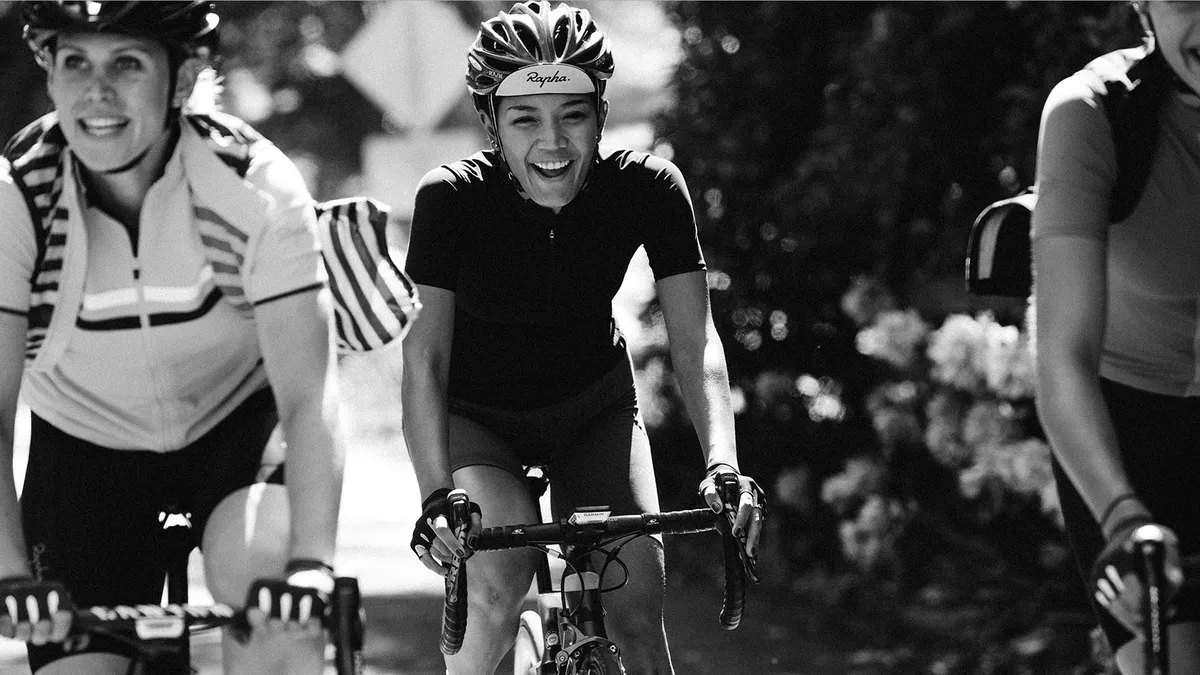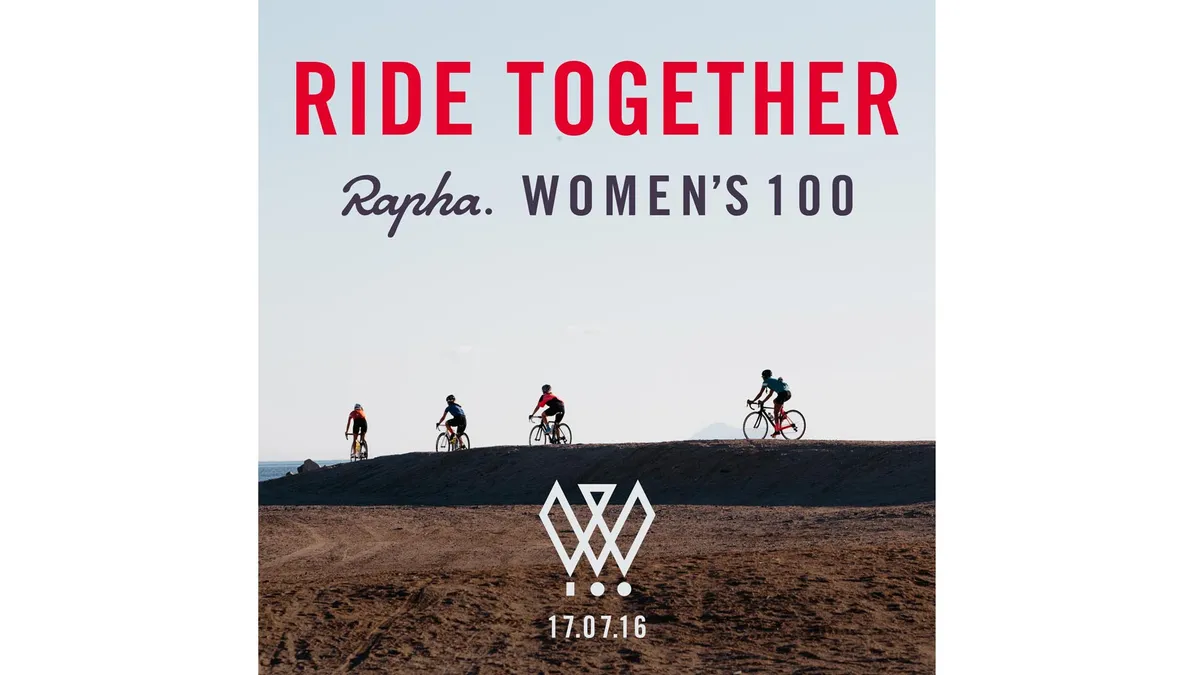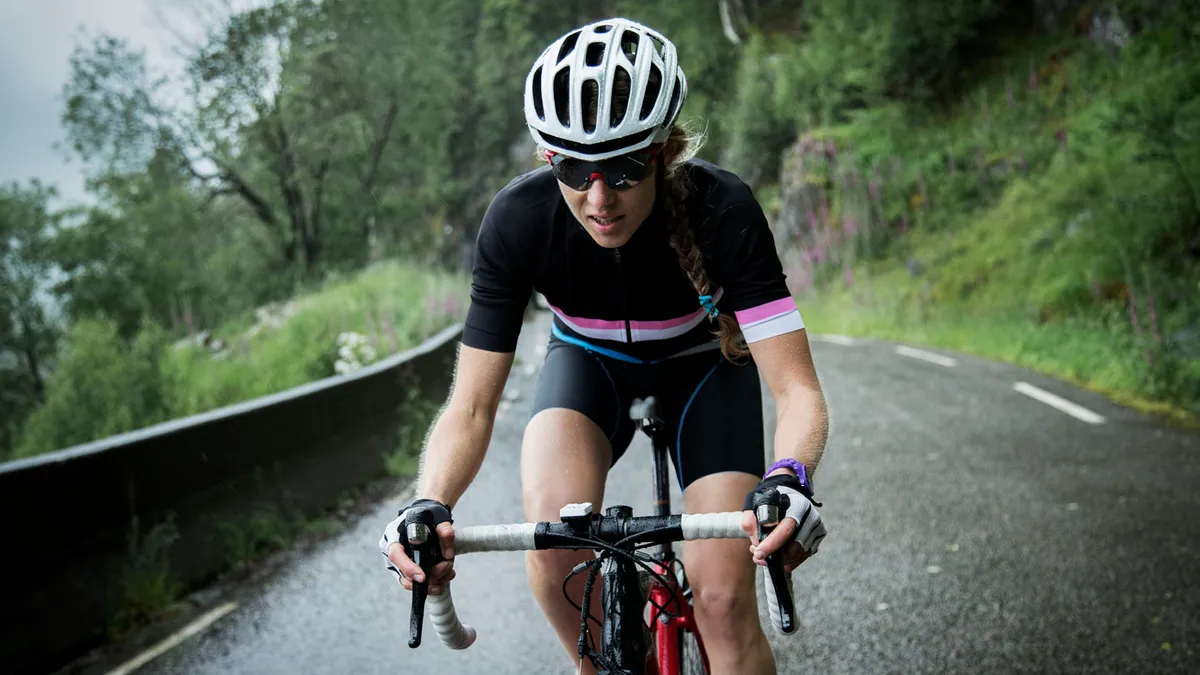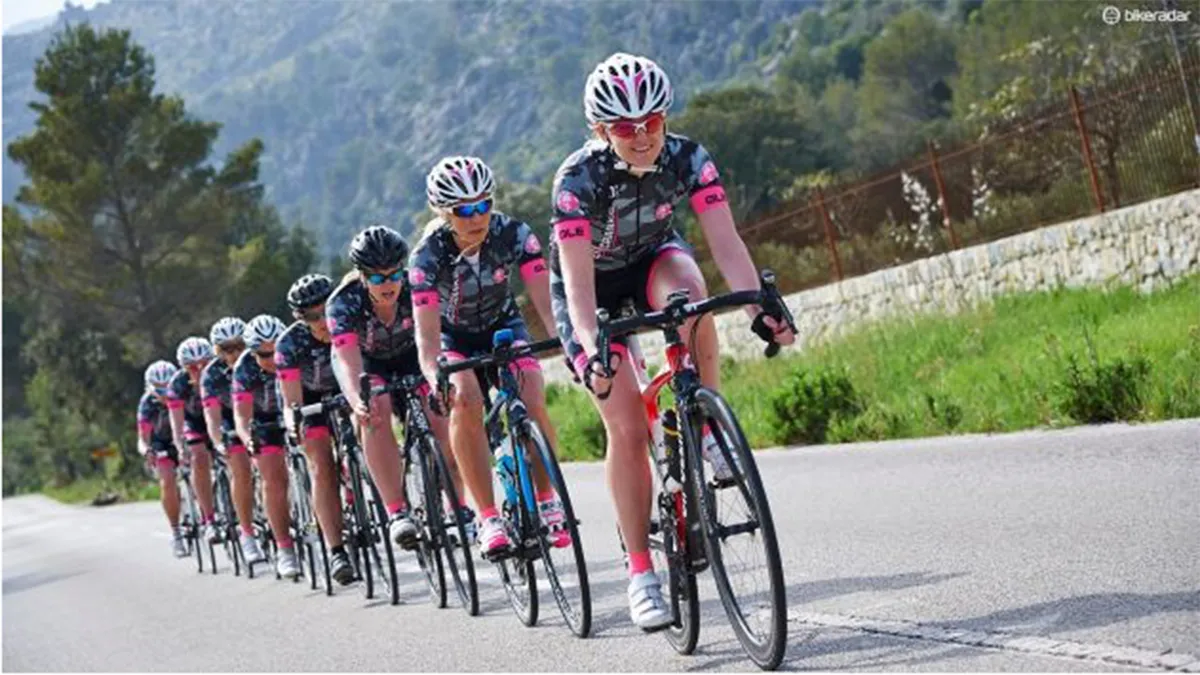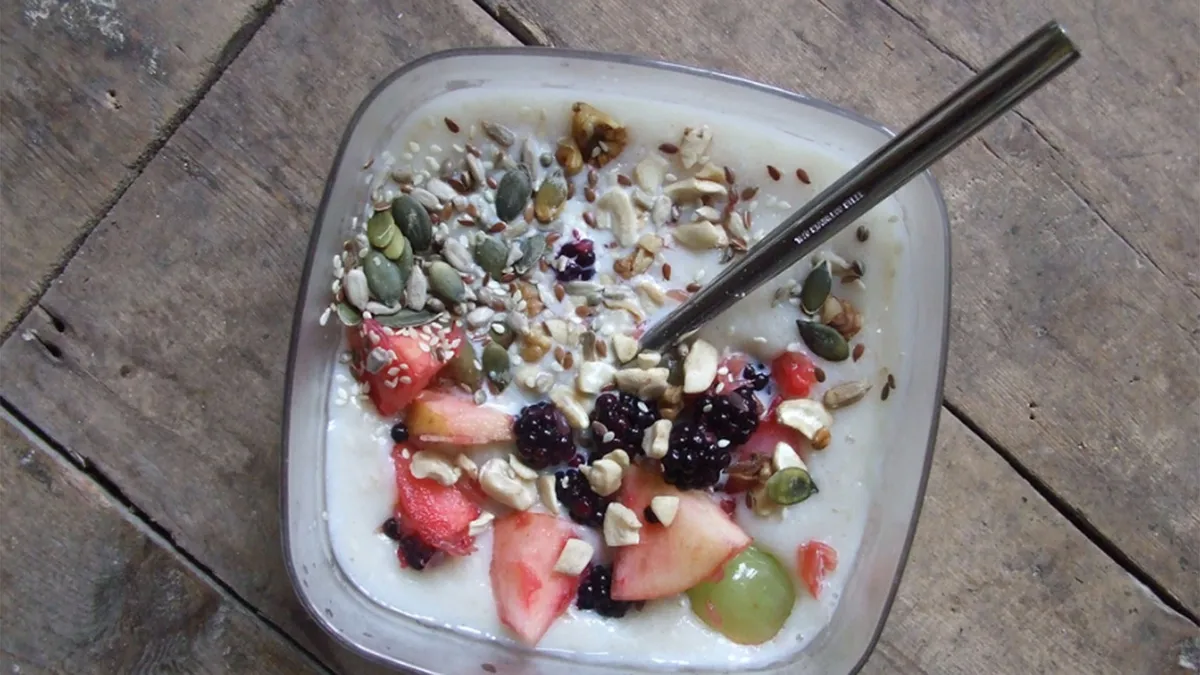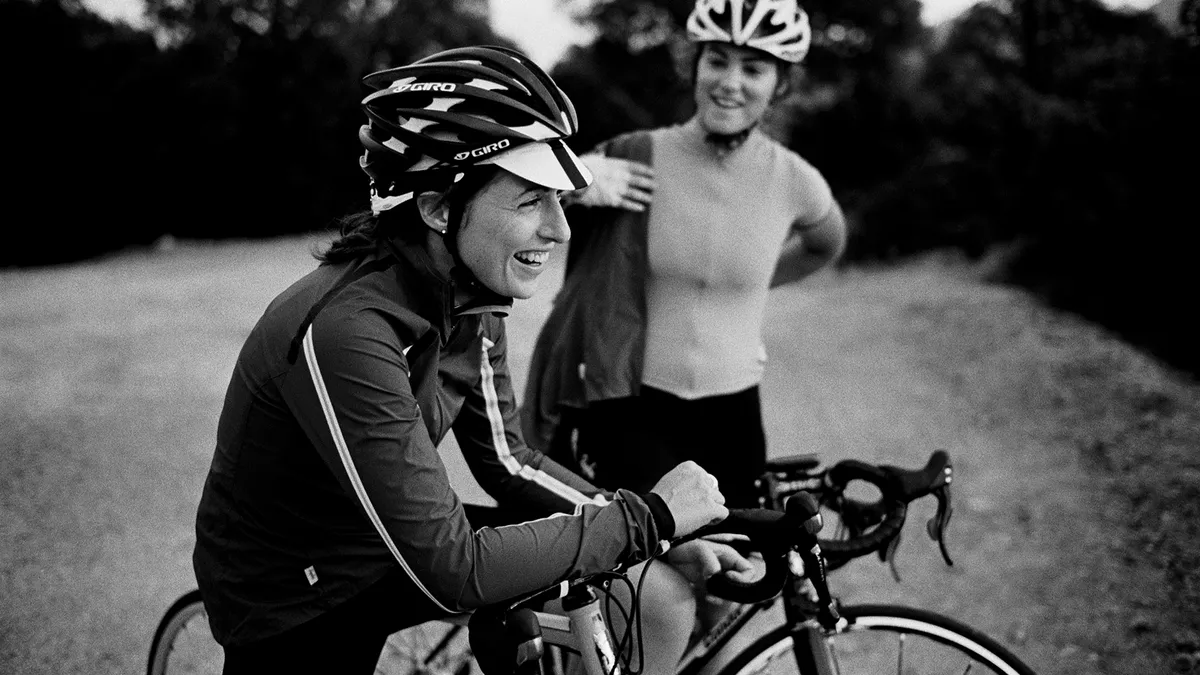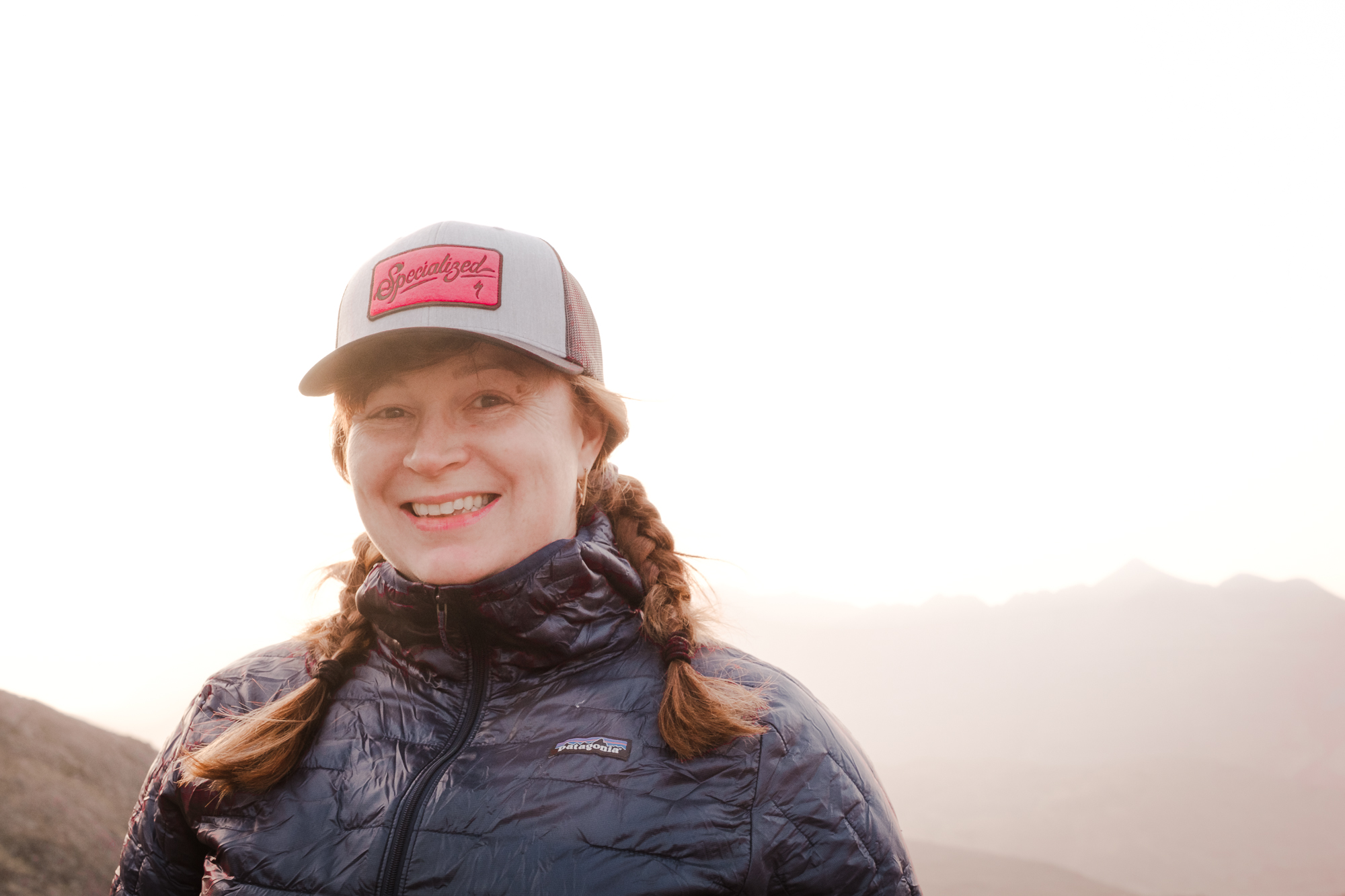Are you taking part in the Rapha Women's 100? Whether this is your first time tackling 100km, or you've been joining these popular women's rides since they began in 2013, we've got all the hints, tips and training information you need to ensure you have the best experience.
BikeRadar spoke to Rapha Ambassadors Gem Atkinson and Lentine Alexis to get the inside track on how to prepare for the events to ensure you get the most out of the experience.
What is the Rapha Women's 100?
Launched in 2013, the Rapha Women's 100 is essentially a global call to encourage female cyclists around the world to get out and ride, tackle larger distances, and encourage others to do so. The aim is to ride 100km or more on the same day, and for 2016, that day is 17 July.
Rides are arranged informally with women able to pledge to ride on the Rapha Women's 100 website, with the opportunity to organise their own ride or join one in their local area. Rapha is also hosting rides, via its ambassadors and cycle clubs.
In 2015, more than 8,000 women around the world participated, and for 2016 Rapha is aiming to get 12,000 women out riding together. Women of all levels participate, with some rides suitable for those new to riding 100km and others suitable for experienced riders aiming for much higher distances or faster speeds.
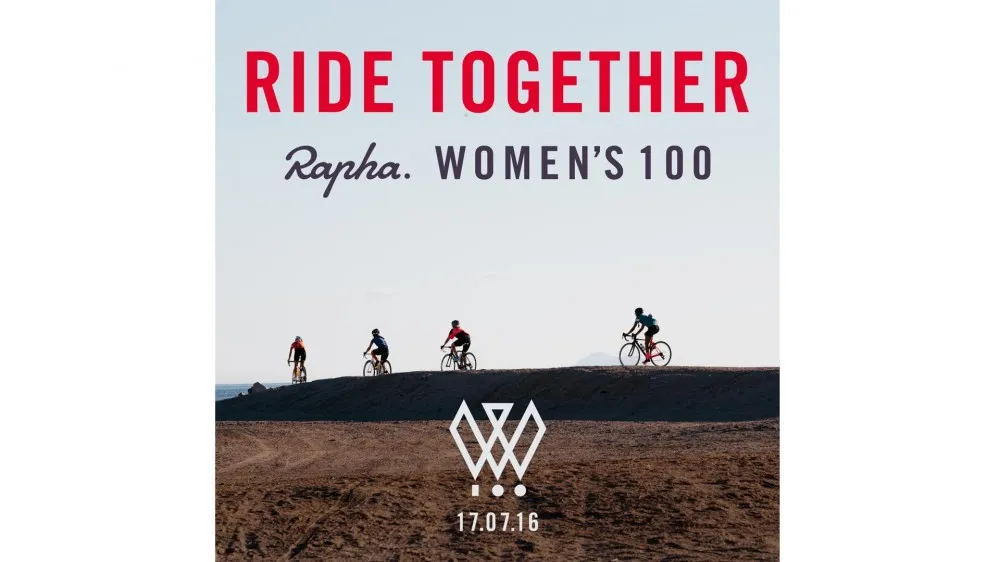
How to train for the Rapha Women's 100
The Rapha Women's 100 rides can be run as either informal group rides or sportives, which are non-competitive long distance cycling events.
Riding 100km is a significant achievement – and is a key milestone for cyclists to aim at. If you've never ridden this distance before, you'll need to build up to it over a few months.
"The key is to build up the distance in good time," Atkinson tells BikeRadar. "Look to increase your ride distance by around 10% per week in the run-up to a century. Also find a good training partner or group of similar ability who you can while away the hours with – it will make things much easier and spirits can be kept high, making those miles tick off with ease."
"Do as many longer rides as you can, and at least on that's 80-100k," adds Alexis. "It trains your brain and body to know what it feels like to go longer."
Off the bike, regular stretches or classes like yoga will help improve your flexibility. It's essential to keep this in mind if you ride frequently, as it will help avoid injury and improve your recovery time after rides.
While nothing beats putting in the miles outside on the bike, when the weather or time curtails your bike time an indoor training session on a turbo trainer is a good second choice. BikeRadar has a selection of turbo training workouts to help you work on your strength, power and endurance.
If you're well used to cycling 100km and over, then the Rapha Women's 100 is an opportunity to hone your technique and push the pace with your co-riders. Plot a route that gives you the chance to practice sprints, hill climbs or group riding techniques such as pace lines or 'through and off'. Or, of course, just enjoy the ride.
"The wonderful thing about cycling regularly and undertaking things like the Women's 100 and the associated training rides is that however daunting a distance might be, you can build up fitness towards that goal," Atkinson goes on. "Then one day you'll surprise yourself with just how much you have in your tank."
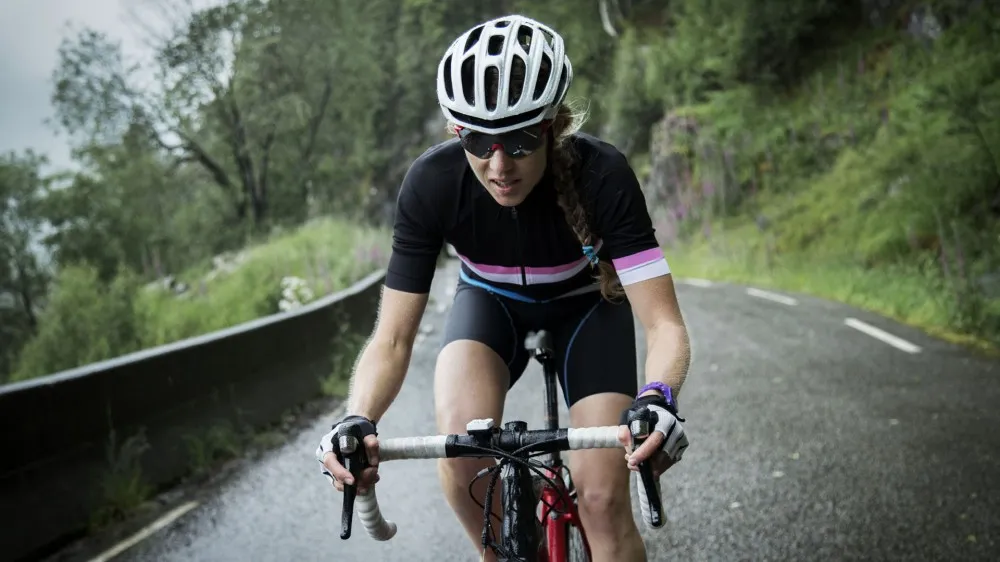
Pre-ride bike checks and preparation
Ensuring your bike is ready is as important as ensuring you are. Take time to check your bike over ahead of the ride, or you might regret it on the day. At the very least, ensure your tyres are pumped up, and in good condition with no slow punctures. Check your brakes and gears are working effectively, and give your chain a clean and oil if it needs it.
"Nothing is worse that heading out on a big day knowing there might be a problem with the bike," Atkinson says, and she has some recommendations on ensuring you, your bike and your kit are ready and raring to go on the day.
"Treat your bike to a good full service ahead of the event. The night before, lay out your kit and supplies, and double check you have everything you need. Also scope out train stations along the route, in case you or anyone need to bailout. Always have a plan B, even if you don't intend to use it."
What to eat before, during and after the Rapha Women's 100
Breakfast is, as the saying goes, the most important meal of the day, and fuelling well before your ride is crucial. A hearty breakfast with slow-release carbs is a good bet: porridge, toast, cereals (though watch the sugar content!) and maybe an energy drink if you need an extra boost.
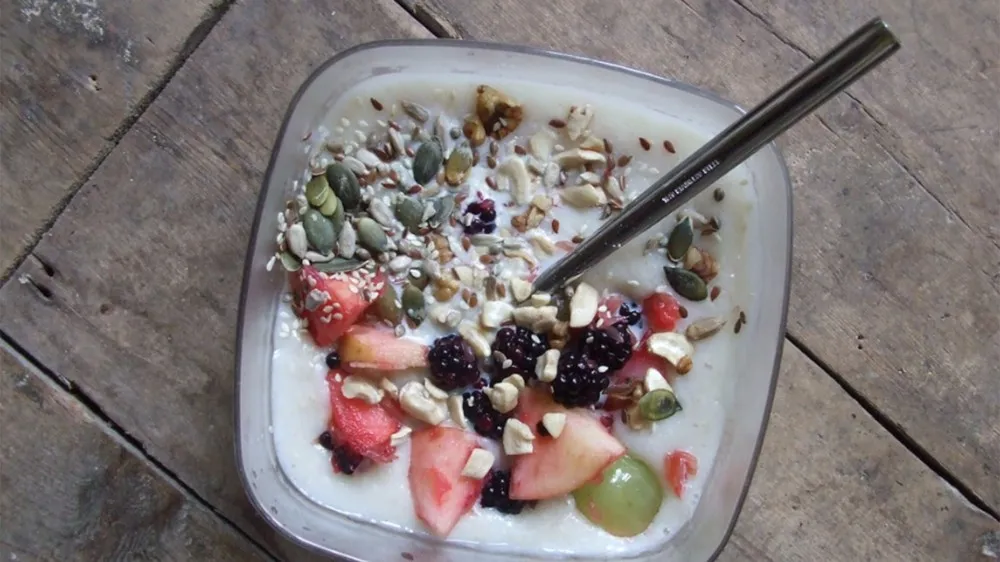
"My usual [breakfast] is porridge and a dollop of peanut butter. I might take a couple of bars or a few fig rolls in my pocket for during the ride, as I try and stick with something relatively natural - my current favorites are Nak'd bars. I find sugary gels and sugar food unnecessary for riding at a more relaxed audax-style pace."
Alexis is also a fan of oats, mixing it up with a variety of interesting toppings. "My base oatmeal has oats, chia and some cacao nibs in it; if I'm feeling sweet I'll put a banana, almond butter, maple syrup in it," she says. "If I'm feeling savory, an egg, avocado, greens, toasted walnuts and miso."
During the ride, eat little and often to keep your energy levels topped up. Many rides will involve a cake and coffee stop, either during or after, so feel free to go for it here – after all, you've earned it!
Not eating or drinking regularly enough is one of the biggest mistakes riders can make when attempting their first 100km, according to Alexis. "Start eating and drinking early, and do so often, or you may hit the wall early or in the last miles." she says. "I use my cycling computer to set little alarms for me on each hour of riding to remind me when I'm out with friends, and may be likely to talk to them and forget to eat or drink."
Although it might be tempting, Atkinson warns against trying new products for the first time on the event, as there is a risk you might end up with an upset digestive tract. "Stick to things you know you agree with. A small pouch of dried mango is my secret little boost." There are plenty of home-made nutrition alternatives you can try, and the humble flapjack is a very popular choice.
This is a view Alexis shares. "During the ride, I'm all about real food," she continues. "As a chef for Skratch Labs, I'm pretty hell bent on making my own portables before big rides... the cookie mix was my design and I love coconut, dark chocolate and almond butter cookies made with the mix, and bacon and maple almond butter rice cakes! After, my favourite meal is probably a burger with French fries [for the salt]."
What to wear and bring for the Rapha Women's 100
Rides take place all around the world, and while it's summer time in the UK, it's winter in Australia. Wherever you're riding, check the weather forecast in advance, and ensure you have the right kit. Layering is always a good approach, with lightweight, packable garments that can be stowed in pockets when they're not needed, and whipped out if the weather changes for the wetter or colder.
For the UK, arm warmers and gilets combined with waterproof booties and rain capes are a good choice. "They can make a huge difference to overall comfort if there is a downpour scheduled midway on a ride," says Atkinson. Dress for your local conditions, and don't forget things like sunscreen and lip balm if you need it.
Repair equipment is also an essential part of your ride kit, as Atkinson points out. "Always have a spare tube, self adhesive patches (to avoid faffing with glue) and a decent pump – don't be that person that relies on your companions; be self sufficient!" We'd also recommend a multi tool and power link.
Alexis likes to keep things simple and light – after all, you have to carry everything you bring over a long distance. "I try to pack light and smart: a spare kit with tubes, tyre levers and CO2. I carry a couple of single sticks of Skratch Labs exercise hydration mix, a snack or two, a rain layer and a credit card. And probably a chapstick."
How to pace your 100km ride
If you're new to riding 100km, it can be hard to judge what pace to go at, and that's one of the reason training rides can be helpful. Riding too hard, too soon is one of the biggest mistakes riders make when taking on a bigger distance for the first time.
"It pays to hold back and ride at a sustainable aerobic pace," says Atkinson, whose greatest distance to date was a 385km audax ride through Wales. "Go too hard and you'll deplete precious energy stores and put yourself into a world of pain. Dial back the pace a little (a heart rate monitor can be an invaluable tool when undertaking big rides) and you'll find you can be much more efficient in completing the ride."
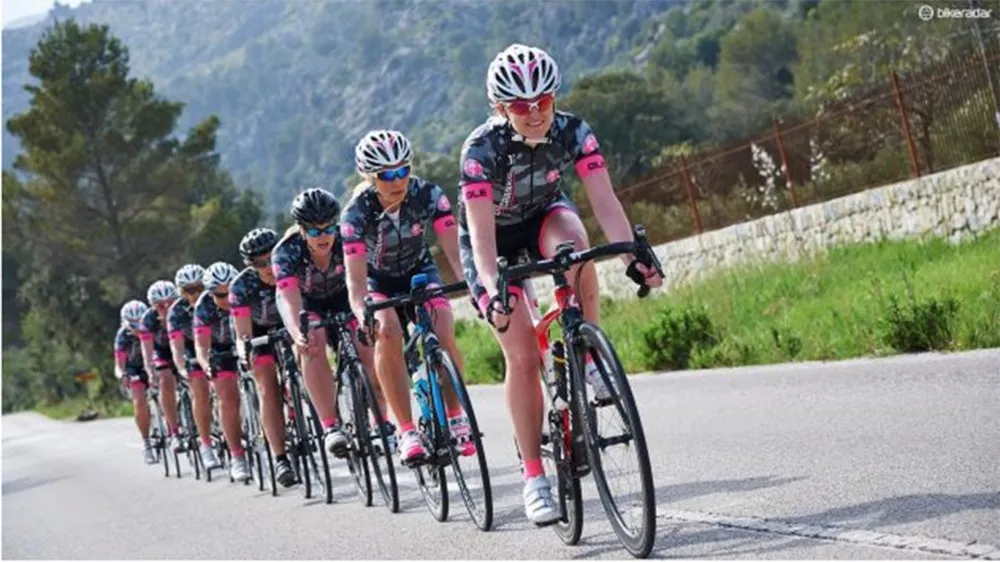
If in doubt, it's better to start off slower then build up. Training rides will give you an idea of the kind of pace you can sustain over longer distances. Also take into account the route and the terrain, particularly if there are significant climbs, as you'll need to ensure you have energy in reserve to tackle them.
Get in the spirit of the Rapha Women's 100
Whether it's your first 100km ride, or you're used to riding these distances or more, the emphasis of the Rapha Women's 100 rides is on inclusivity and enjoyment. They are social rides as much as anything, with women who've participated in previous years stating it's given them the drive and encouragement they needed to increase the distances they ride, try competing or just ride more frequently with other riders.
"Personally, I love the Women's 100 for the sheer participation element." Atkinson tells BikeRadar. "It's so incredible to see so many riders completing it across all differing levels of ability. It's always such a lovely vibe on the day, with riders helping and encouraging each other, with a distinct lack of competitiveness that really enhances the sheer supportive element of it – it's something I look forward to each year.
"I often hear ladies saying how they have trained and worked up to the distance, pushing themselves, and to see that many buzzing riders is at the finish line is just fab," she adds. "Not to mention that it's a great way to spark up new friendships and meet people to train with. Some of my closest friends that I have now I actually met and rode with on the Women's 100."
Distilling the key information into three points, Lentine Alexis has three top tips for the Rapha Women's 100:
- Find a great group to spend the ride with. Friends make bikes and biking goals fun!
- Eat early and often, and keep drinking! Dehydration or a bonk can end your fun FAST.
- Celebrate! When your ride is done, celebrate your achievement. Riding your bike a little further each time is a special goal and one that makes you stronger as a cyclist and person with each mile!
Join the Rapha Women's 100 – find a ride
Visit the Rapha Women's 100 website and you'll be able to both pledge to ride on the day, and either register your own ride or join one of the rides listed on the website. So far, there are rides organised in 16 countries worldwide including the UK, US, Australia, Japan, Sweden and the Philippines.
Rides are free, and are a combination of official Rapha rides and rides organised by groups or individuals. Each ride listed on the site includes information on where to meet, the route, start and finish time, group size, the distance and the pace to help cyclists gauge which ride is for them.
